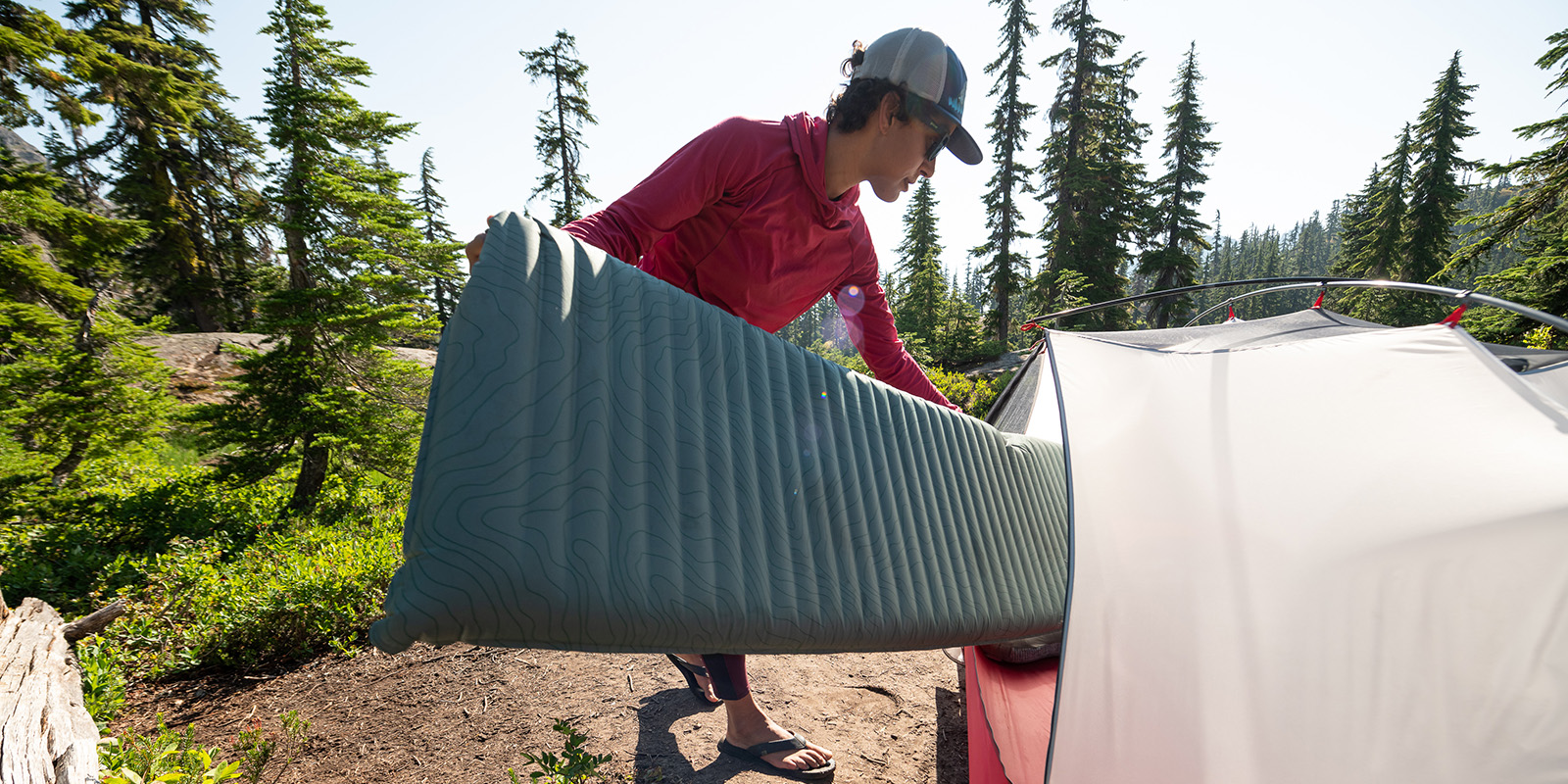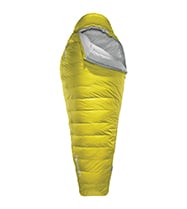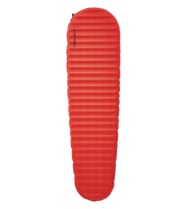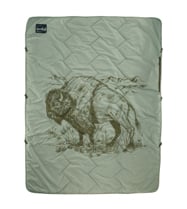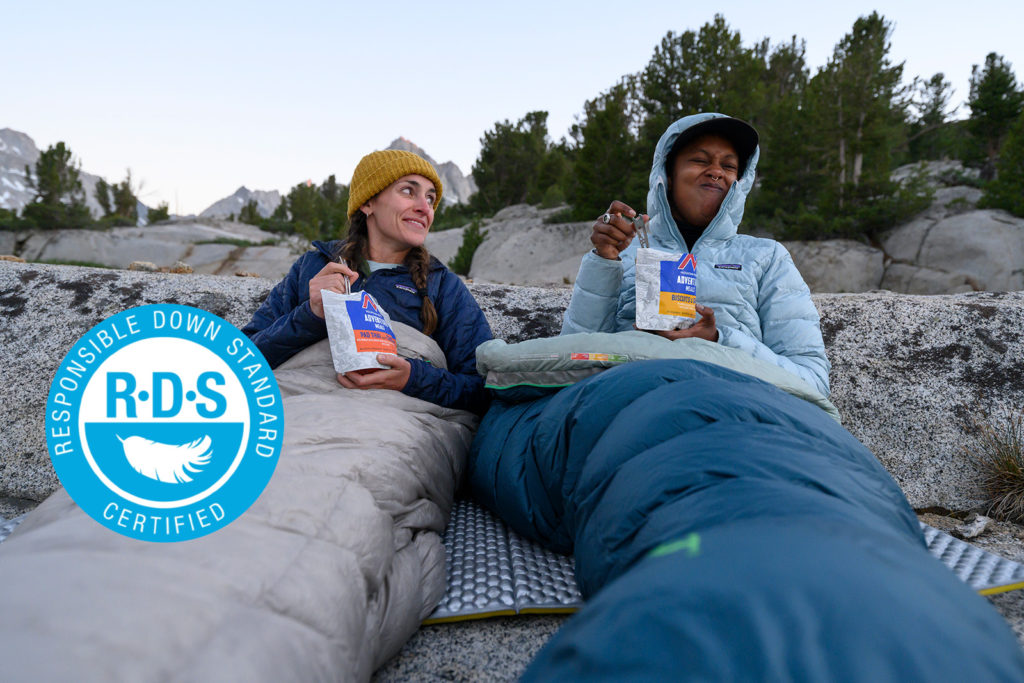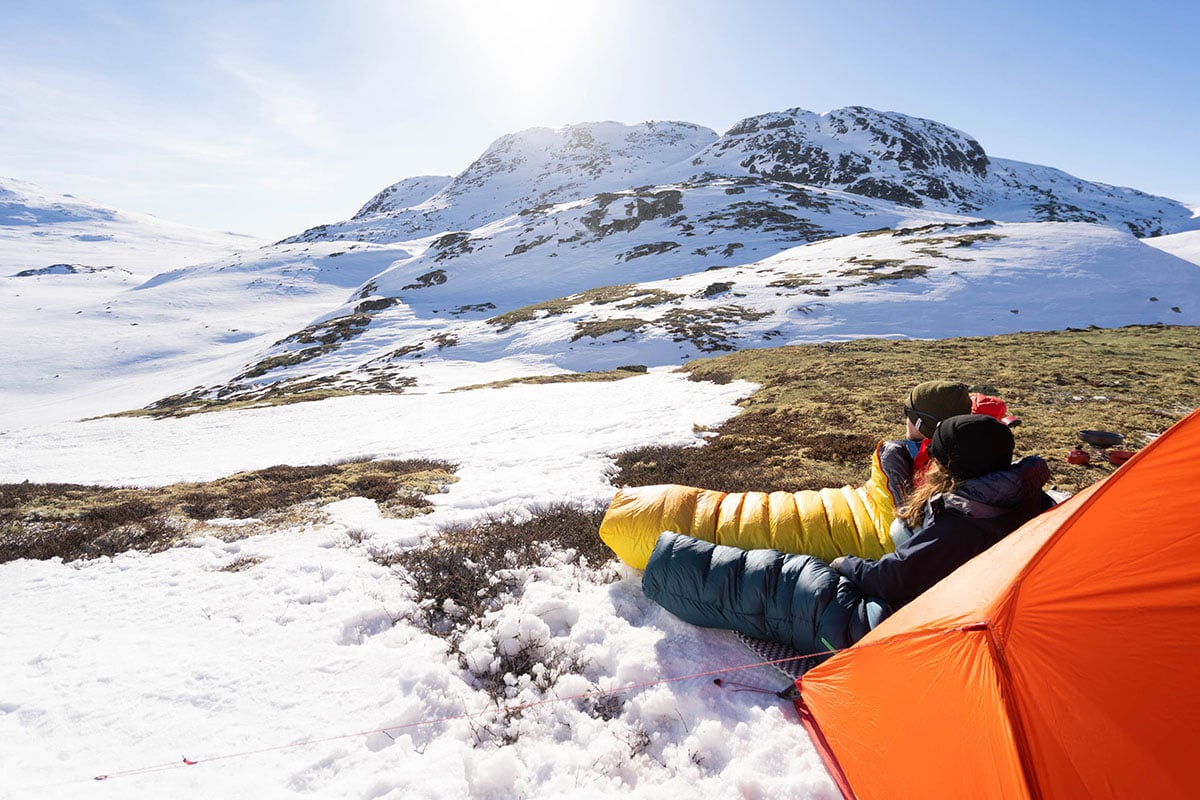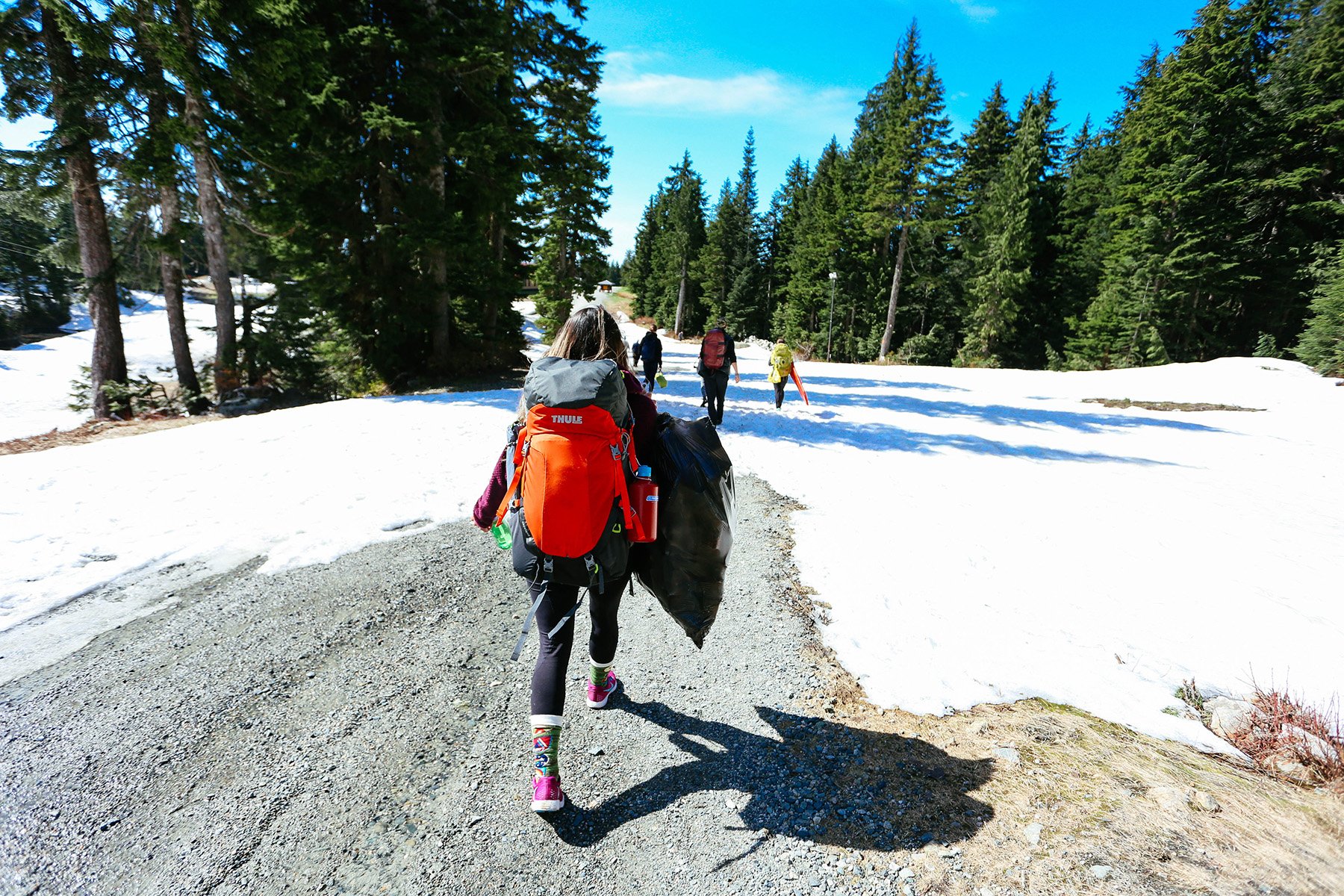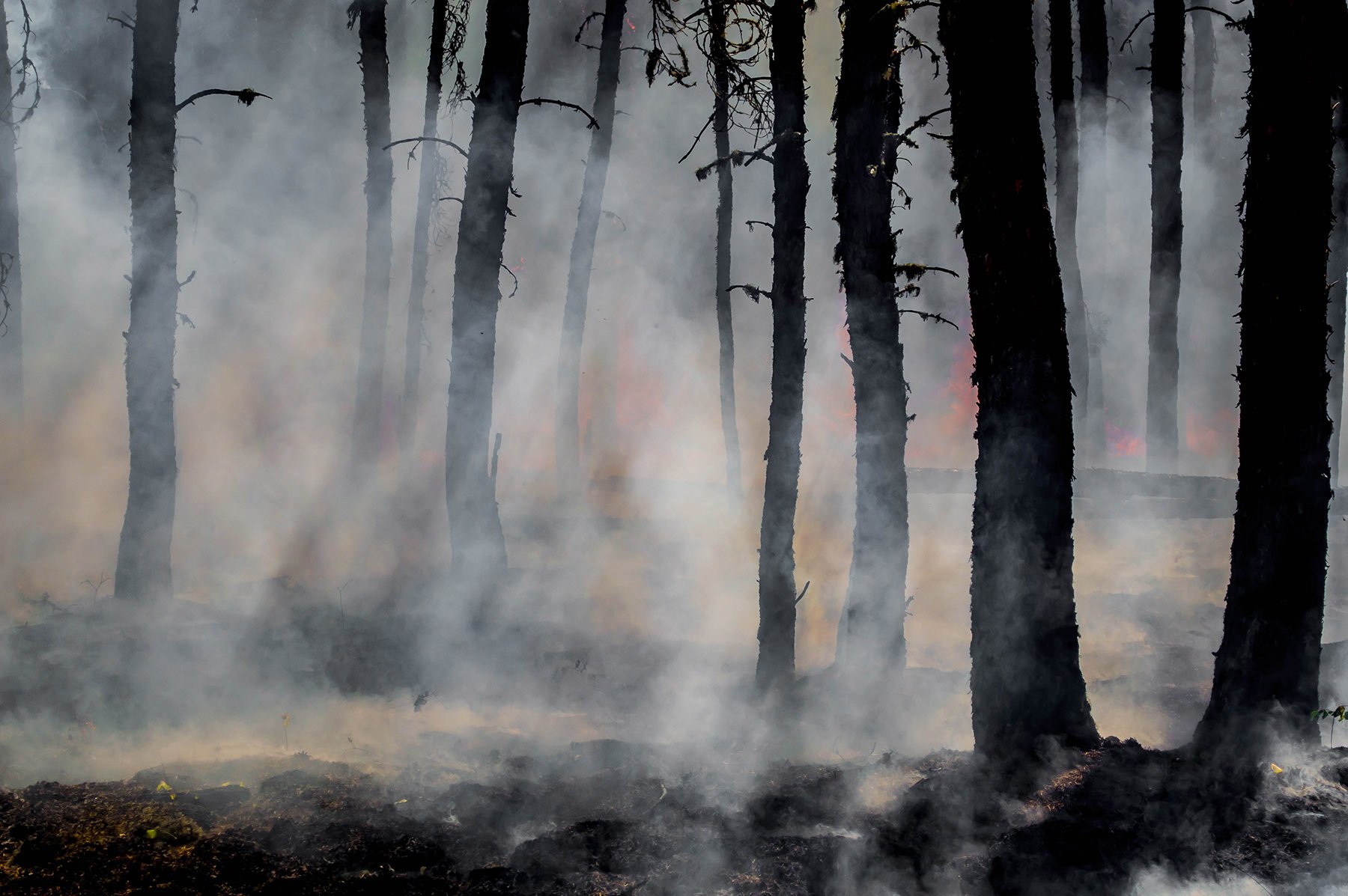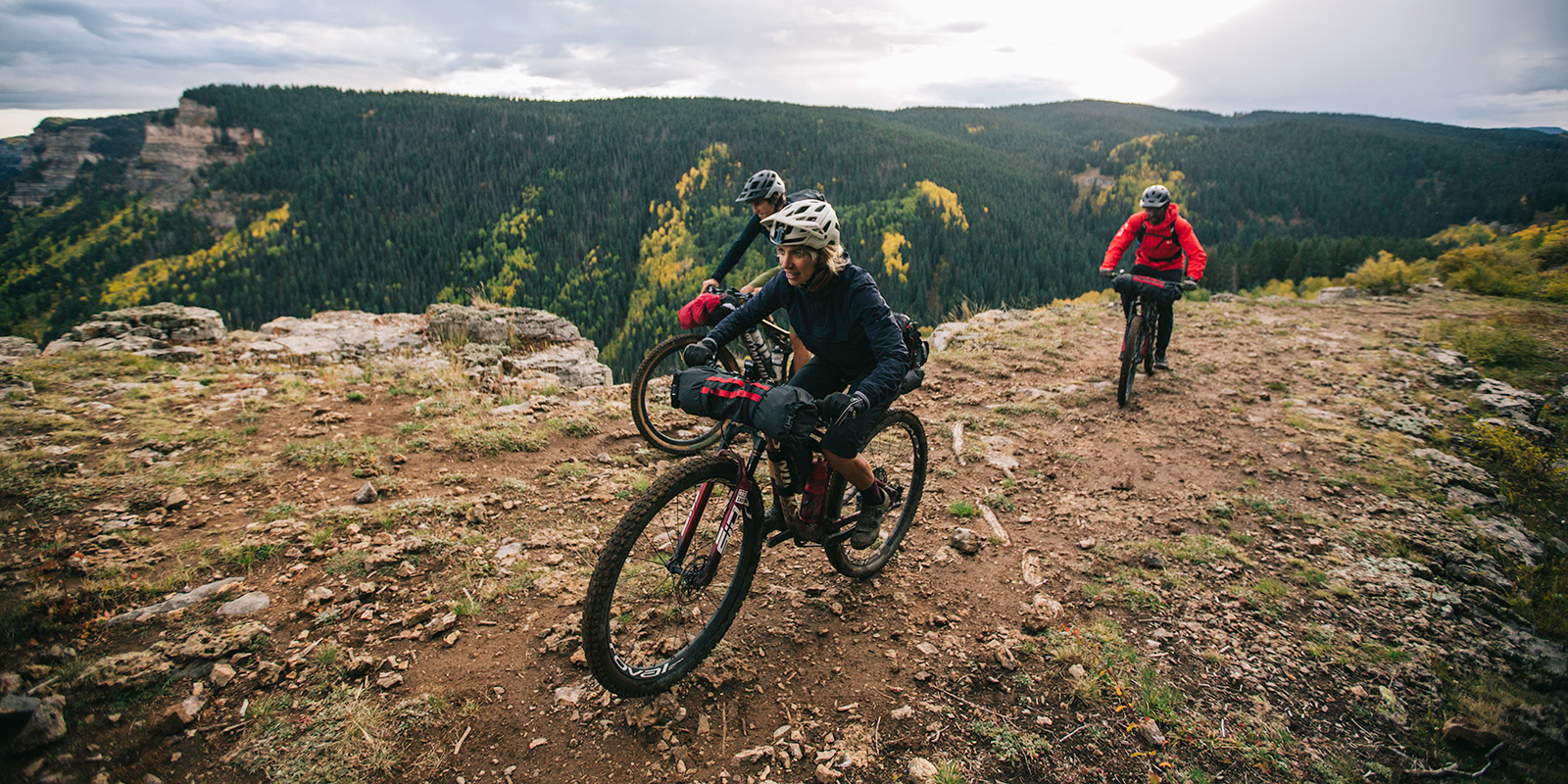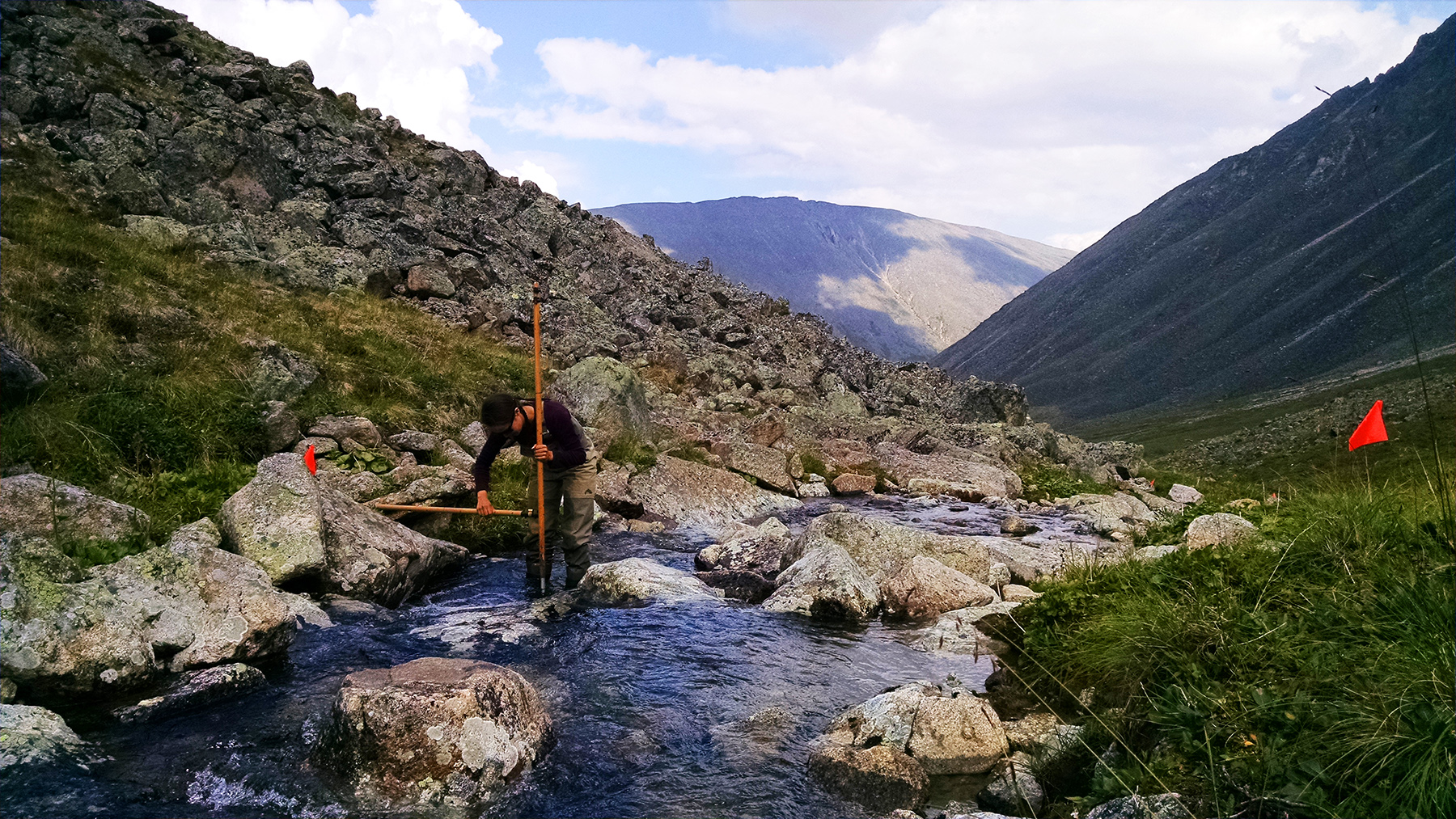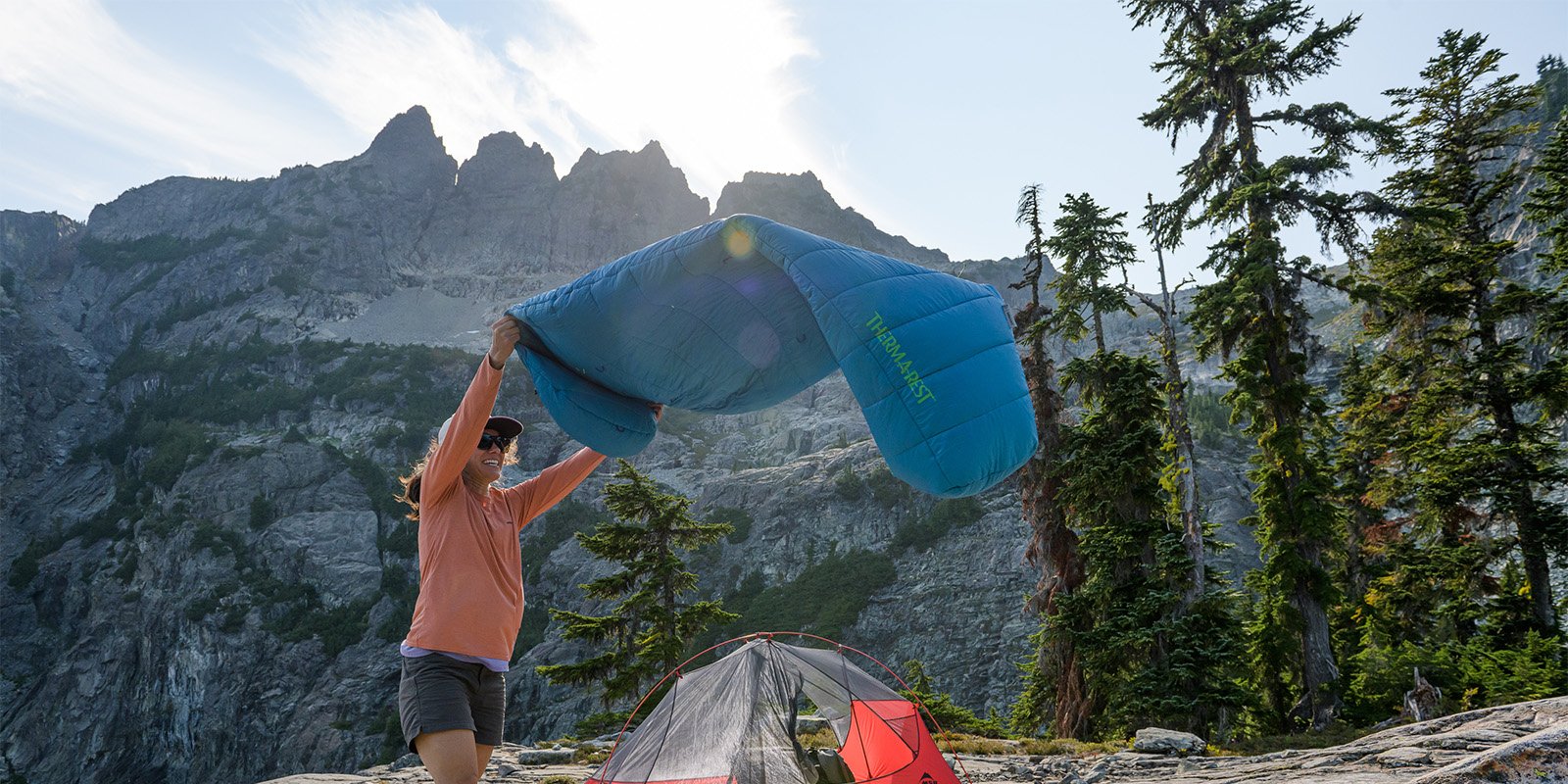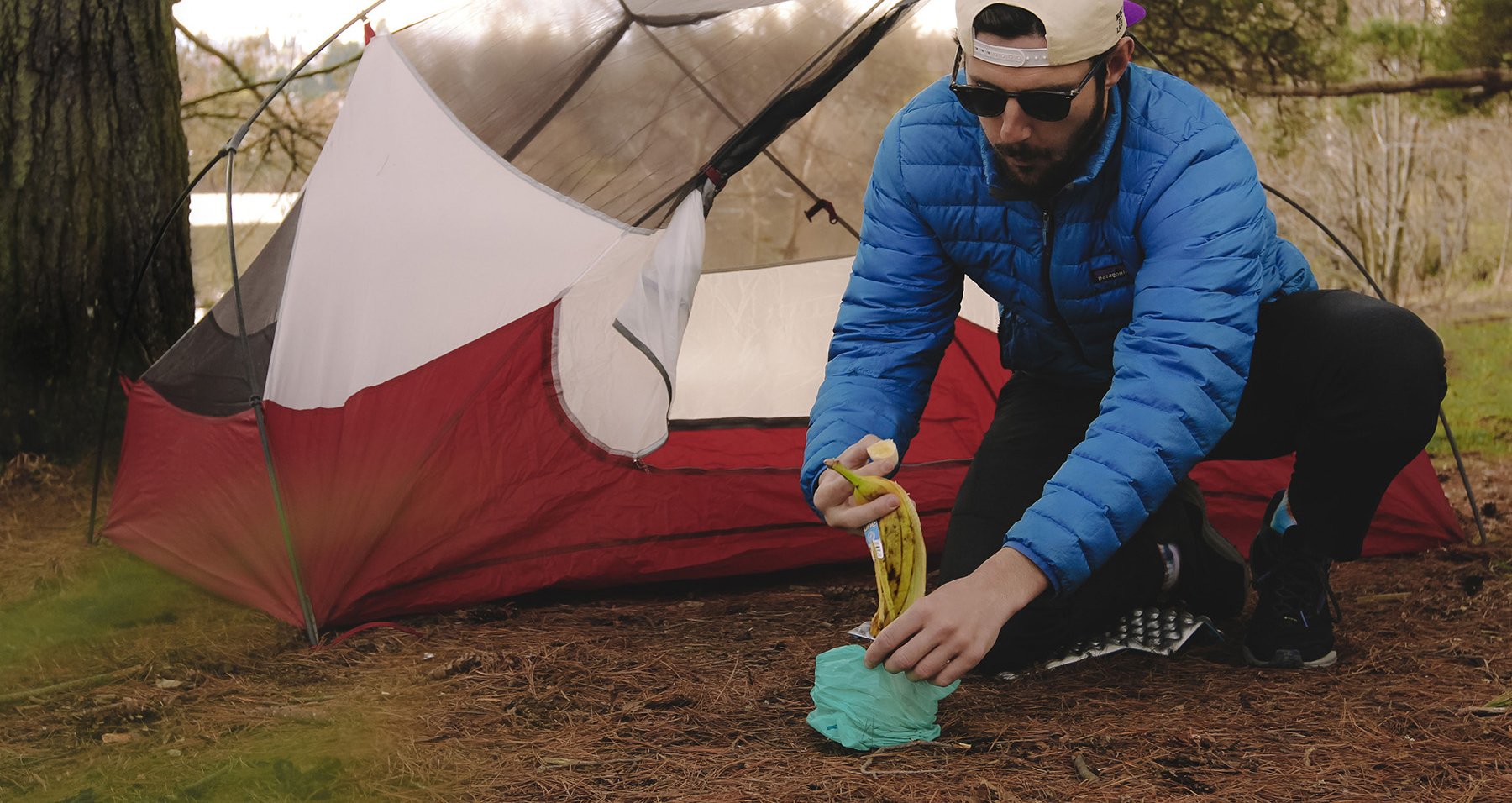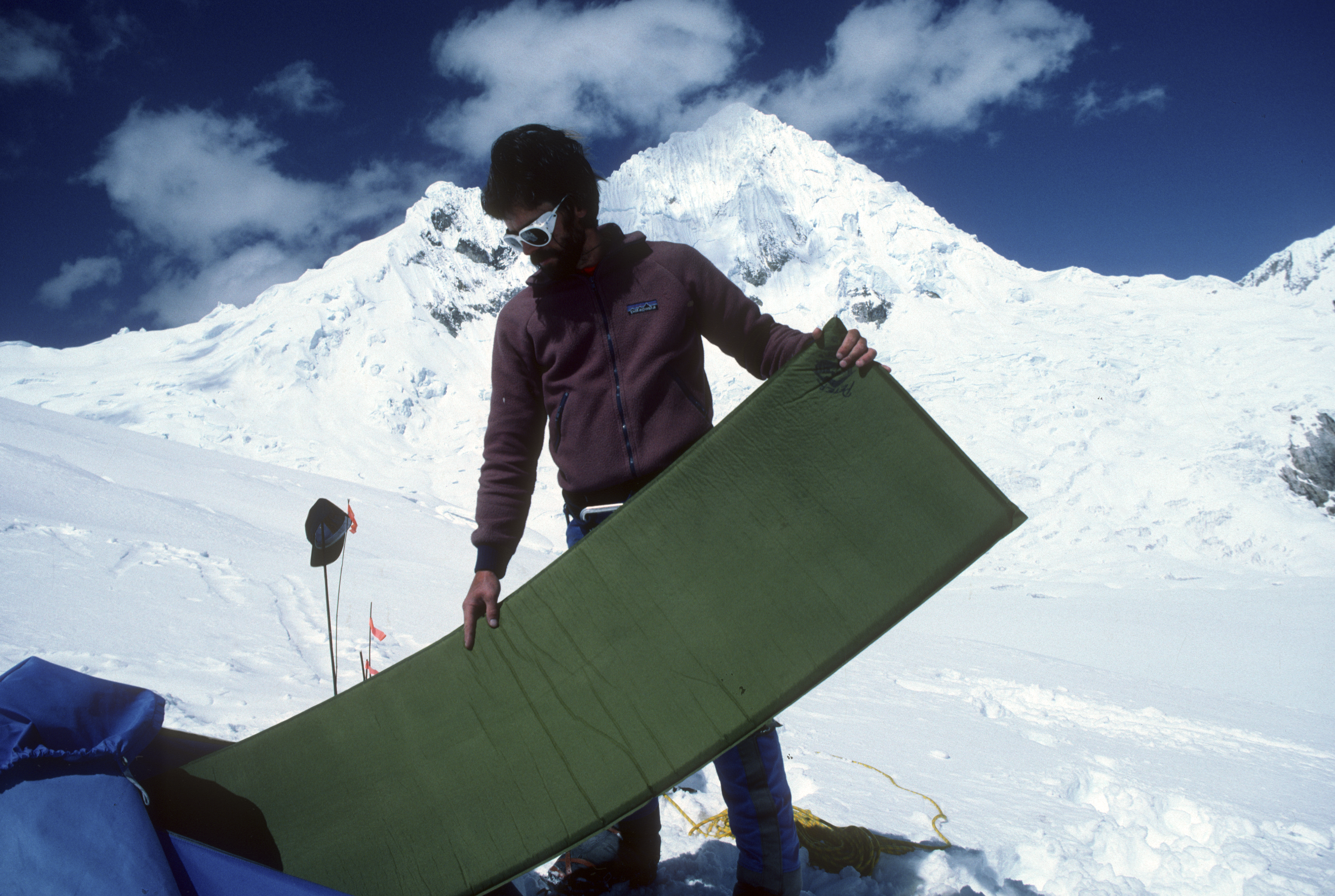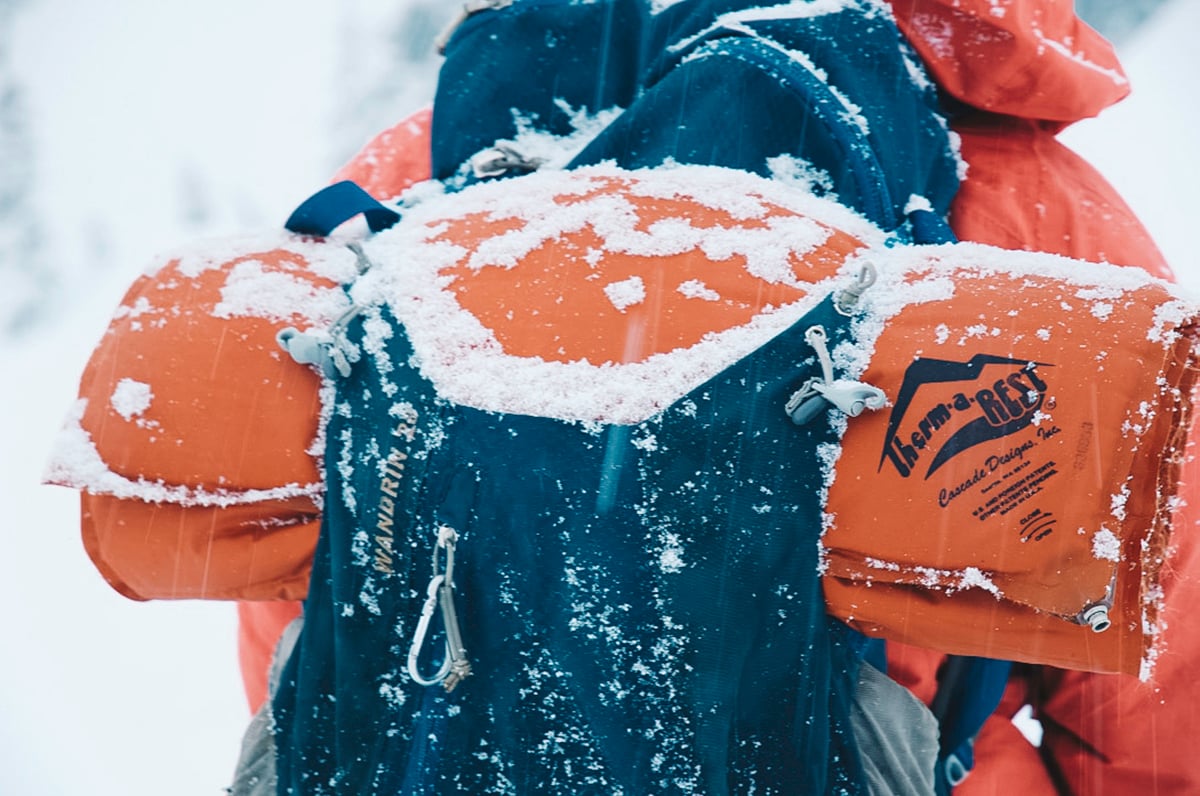Sleeping in the dirt means you have a lot of choices. And you just might be surprised that there are so many different best practices to minimize your footprint and help conserve outdoor spaces for the next generation. So, we’ve put together our tips for choosing a sustainable campsite.
My wife and I were about to crest a ridge after a grueling 20-mile day on New Zealand’s Te Araroa with 6,000 feet of vertical gain. We heard the 360-degree views were killer along this ridgeline and with no wind or rain in the forecast, we were banking on a postcard-worthy camp spot.
I stopped dead in my tracks at the top. The grass was storybook green with more varieties of wildflowers than I’ve ever seen. We both looked at each other disheartened. Being educators of Leave No Trace, we knew we’d be doing this place unnecessary impact by setting up camp here. We backtracked down the trail and tucked ourselves away in the trees with no views.
10 Tips for Choosing a Sustainable Campsite
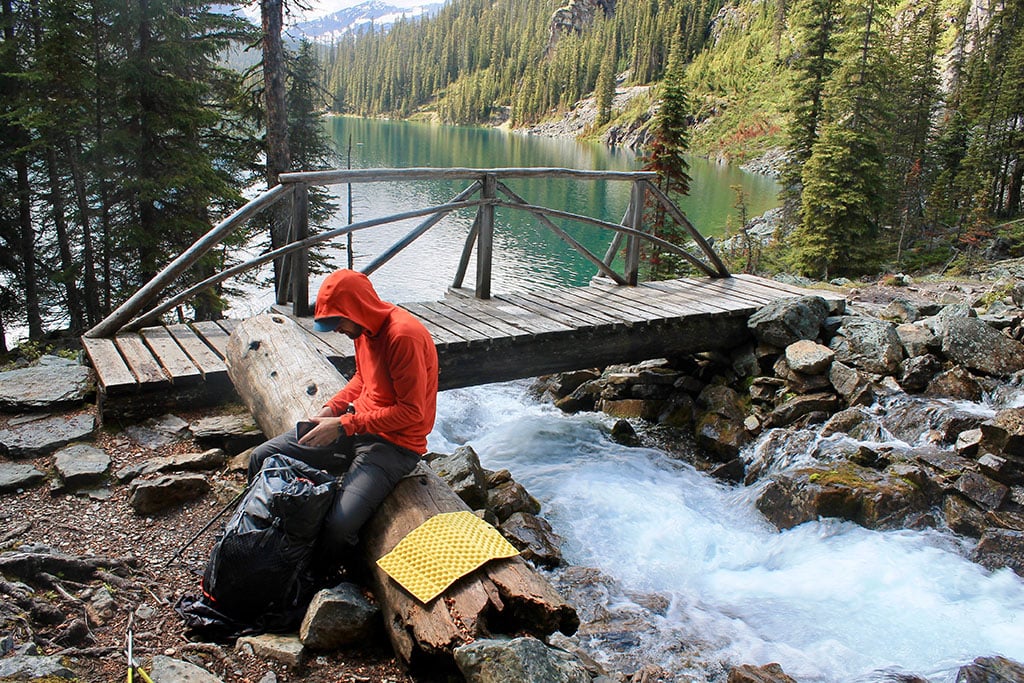
1. Scrutinize the word “durable”
Most people realize that rock surfaces, hard-packed dirt and established tent pads fall into the durable category. Snow, sand and dead grass can also be durable. Others—like green thriving grassy fields or plush tundra—should give pause. Make sure to take into account the surroundings. How would you disturb wildlife by sleeping here? Are there wildflowers growing? Is there moss covering the rock surface? At higher elevations, these things take longer to grow and trampling over them destroys habitats and nutrients to the ecosystem. It only takes minutes to damage vegetation.
2. Keep your distance
We did a little night hiking on our Appalachian Trail thru-hike and came upon a tent set upright on the trail. Unpleasant for us, as well as the sleeping campers disturbed by our headlights. The Leave No Trace Center for Outdoor Ethics recommends setting up camp 200 feet from the trail and all water sources, including streams, lakes, and springs. But who brings a ruler and what if you follow the metric system? It might be easier to think in terms of steps. Seventy adult steps will do.
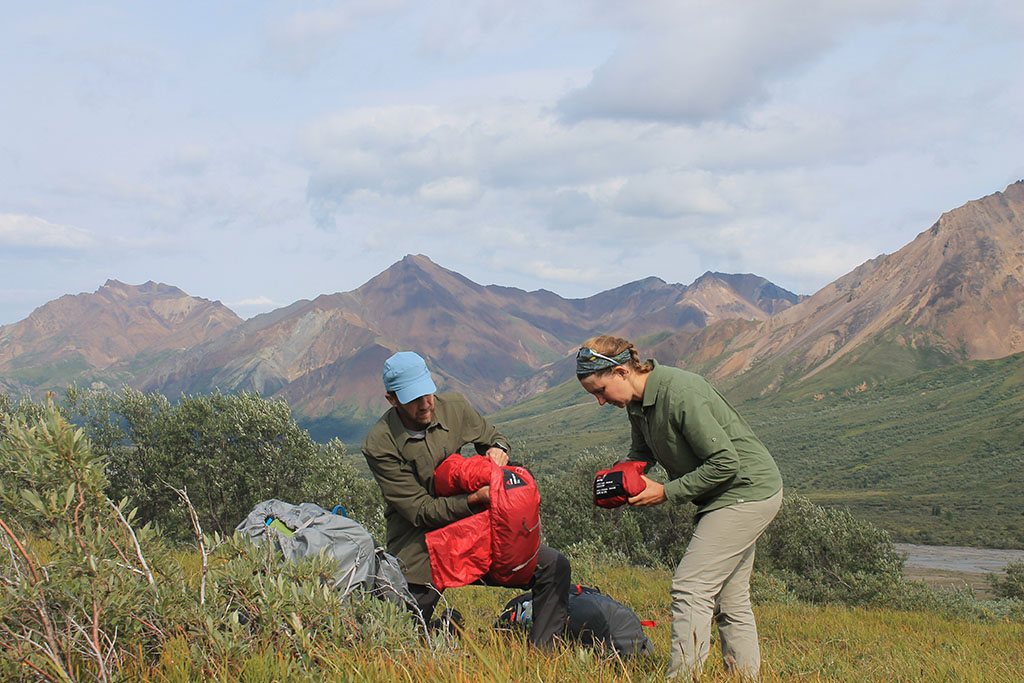
3. Use existing sites
Some places, like Grand Teton National Park, have established backcountry sites already in place, so make sure to check in with land management regulations. These agencies are making an effort to consolidate damage and impact to centralized locations for a reason.
4. Best sites are found, not made
In other backcountry areas, like Denali National Park, you are free to camp wherever you want within your chosen permitted unit. But do it wisely. Don’t clear a spot for your tent by cutting back tree branches or bushes, gathering pine needles to make a bed or moving rocks to create a wall to block the wind. Your site should be perfect the way you found it. If you’re out for a couple of days, move your tent around in order to not damage the ground. Upon leaving, take a step back and check your space to ensure it looks as if you weren’t there.
5. Don’t create sprawl
Maintain a small footprint by keeping your gear organized. I’ve been on high-altitude mountain expeditions and watched people spread out their crampons, stoves and other gear. Then I watched a storm blow in and bury it all. In bear country, be sure to create a triangle, keeping your cooking/eating area separated from your tent site and bear canister storage spot.
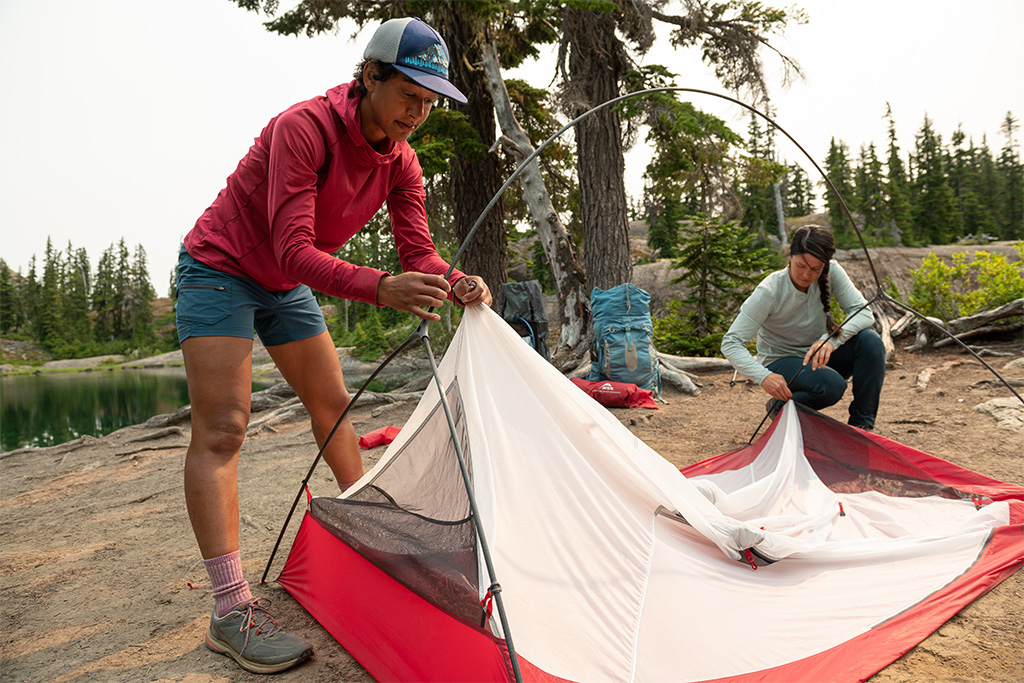
6. Groups should disperse
We all love camping with our friends and hanging as a group, but the best practice is for each tent to keep some distance from the others. Not only does this create less of a visual impact, but you won’t hear your friend snoring or tents unzipping all night long for the calls of nature.
7. Avoid spots where impacts are just beginning
Have you ever seen matted grass and wondered what happened there? Most likely, it’s where someone camped recently. Instead of continuing to impact that area, give this lightly loved area some rest and regeneration.

8. Look around and above
One of the first car camping trips we took together was to Lake Champlain in Vermont. We set up camp and turned in for the night. At 3 am we frantically retreated to our car because the winds were so high that tree branches were falling down all around our tent. We’ve learned our lesson and always assess for potential deadfall, drainage runoff, and cliffs with loose rocks.
9. Respect private property
More than a few times, we’ve rolled into camp at night. One morning on New Zealand’s Te Araroa, we awoke to cows using our tent as a scratching post and the farmer’s barn a stone’s throw away. Thank goodness Kiwis are the most hospitable people around. If possible, ask before you camp on private property.
10. Leave it like you were never there
Every place we camp, we want to feel like we are the first ones there. Checking your site for micro trash is the most important thing. After we pack up, we take a step back and survey the scene, making sure to gather all our bits and pieces and restore the dirt or grassy area with some fluff. Learn more about how to leave it better than you found it, and encourage others to educate themselves as well.
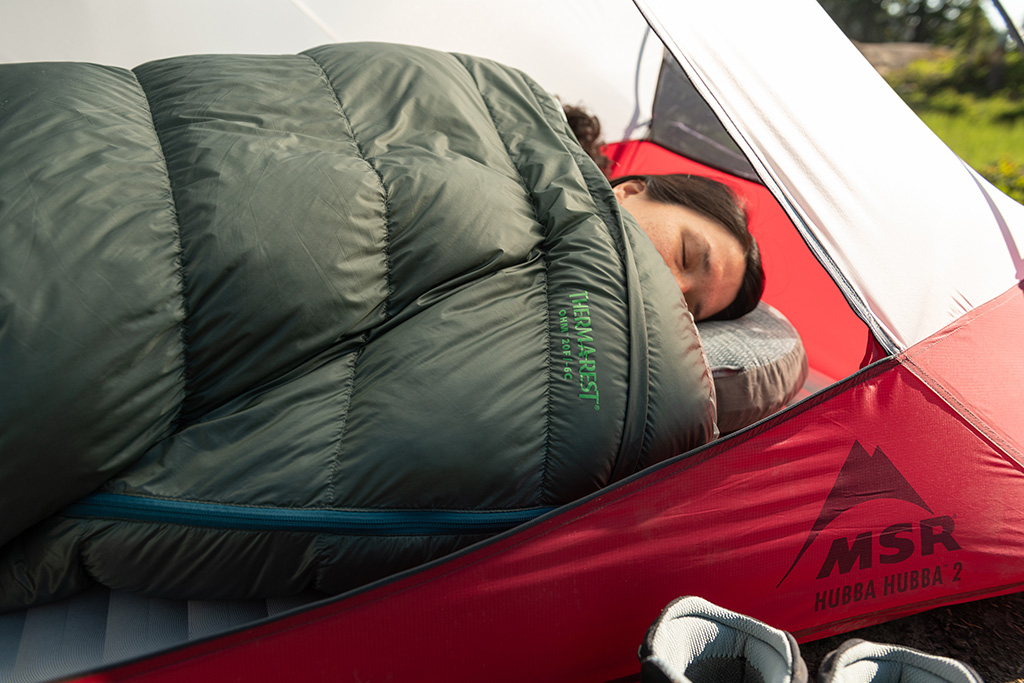
Getting Started
When choosing a sustainable campsite, it all comes down to good judgment and tradeoffs. You are a steward of this earth and hopefully, this information can enable you to make the best decisions. In an ideal world, we all want to leave no trace. But the least we can do is leave as little of a trace as possible. Would you rather the next generation see a barren landscape, or one teeming with wildlife and vegetation?
Related Posts:
- Global Recycle Standard & the Textile Supply Chain
- USA Built: Better for the Environment & Gear Quality
- How to Live an Eco-Friendly Outdoor Lifestyle
Updated. Originally Published August 15, 2019.
